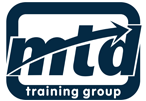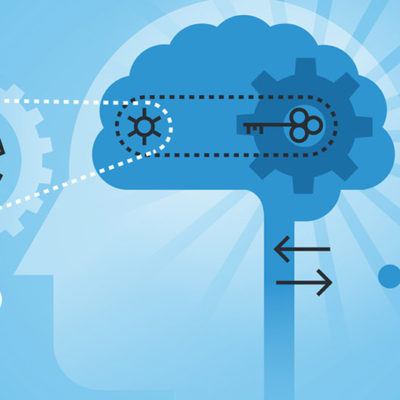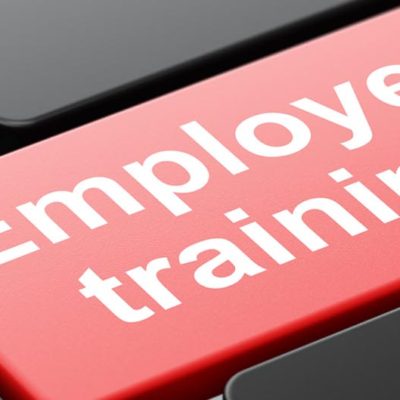Here’s a great quote from author Edward Hallowell:
“Put simply, the best managers bring out the best from their people. This is true of football coaches, orchestra conductors, big-company executives, and small-business owners. They are like alchemists who turn lead into gold. Put more accurately, they find and mine the gold that resides in everyone.”
Finding that gold is, of course, only the start. Mining it and helping people put it into action is the epitome of a great manager.
What great managers attempt to do is help their team members not only achieve to their best potential, but also work on what the individual themselves see as the best role they can play within the company.
Igniting peak performance is one of the key result areas that every manager should be aiming for. But what is the best way of doing this? How can we in our L&D roles play an active part in helping managers develop their staff to achieve their potential?
Hallowell works toward this objective in his book ‘Shine’. In it, he proposes five steps that take managers on a journey to successful application of peak performance.
Click below to purchase Shine: Using Brain Science to Get the Best from Your People
Select high potentials and align their strengths with the
work for which they are best suited.
If you are recruiting internally, you already know the skillsets your people possess. This is a little more difficultly if you’re having to rely on external candidates fitting into the job role.
In order for people to be performing at their best, that person needs to be doing a job they find interesting, challenging, stimulating and adds value to their portfolio.
You will need to ensure that the role a person will undertake engages them at a deep level. If it’s a simple, monotonous role, there has to be opportunities for them to improve or develop their skills beyond just ‘doing the job’.
If this alignment isn’t designed at this early stage, then stand by for the person to be engaged only to a certain level and maybe unable to lay the foundation for peak performance.
Establish, and then continue to strengthen, connections with those who are
managed as well as between and among themselves
Connecting with people means having the desire to find and ignite the spark in people. This doesn’t mean just using high-tech to communicate; management by email is not a dynamic way to enhance the performance of team members.
Instead, notice and acknowledge people in a personal way. Even just saying ‘hi’ to someone can make a difference to their day. If you are able to connect at a human level and then strengthen those connections through genuine and frequent observations on how they are doing, you will show them how vital their role is and how you appreciate their efforts.
Ensure that the work environment is one that stimulates and
nourishes “imaginative engagement” (i.e. play)
Hallowell purports that many working environments do not support the attitude of creative assertion. Most departments are measured on how much work gets done, and this is necessary to hit targets and objectives.
But it’s the ‘how’ that will raise performance levels and, ultimately, engagement. Many people will say that ‘playing’ is not possible because of standards and quality assurances. If team members simply ‘play’ what would happen to consistency and stability?
Well, we can think of play as the use of imagination and idea-generation. Hallowell encourages managers to ask different questions so they get different answers. He suggests you develop a questioning attitude, allowing thought processes to drive ideas and provide chances for looking from different perspectives.
Getting ideas from the team on how you can have more fun sessions during the day can spark imagination and get people onto a different plane of thought.
If you’d like to find out more about Edward Hallowell click on the below links:
 Dr. Hallowell
Dr. Hallowell
 Edward Hallowell Wikipedia
Edward Hallowell Wikipedia
 Edward Hallowell Books
Edward Hallowell Books
Create conditions in which people are encouraged to “grow” by taking prudent risks
that are exciting learning opportunities
This entails enabling people to share ideas on how they see themselves and the job they are doing developing over the next few months or years.
What changes do they see occurring that will impact their role in the business?
How do they see their skills being developed as time progresses?
Are they ‘connected’ to their work? Are they engaged?
Don’t use fear as a motivator. It will only work for a short period, if at all, and will drive people into a mindset of conformity.
Help people by identifying their personal development plans and working towards goals that will assist them in achieving them. There has to be momentum set up in order for people to recognise their abilities now and in the future.
Do anything and everything possible to help them “shine” with pride in what they
have achieved, joy in having done it with pleasure, and confidence that they have a
future within the organisation that will help them achieve their life goals
Hallowell gives tips on how to establish pride in people so they choose to commit their conscious efforts to achievement, rather than just going through the motions.
These tips include:
Recognise effort, not just results
Be personal in your recognition of effort – face to face, not just email
Make others look good, especially in front of others
Build and develop their self-esteem, through recognition and praise
Offer positive feedback when you see the opportunity
Give feedback on progress so people see their value increasing
Notice what works with certain individuals and what doesn’t. Do more of what works
Having tried these five components, you will see a greater propensity towards people taking personal responsibility for their work standards. They will offer ideas to take their work onto the next level. Team members will want to connect more with each other and share opportunities to advance.
As L&D professionals, we need to recognise what encourages people to choose to perform at a higher level. Edward Hallowell’s ideas can help us set a good foundation for growth and development within our departments and team members.

Sean McPheat | 
CEO The MTD Training Group















